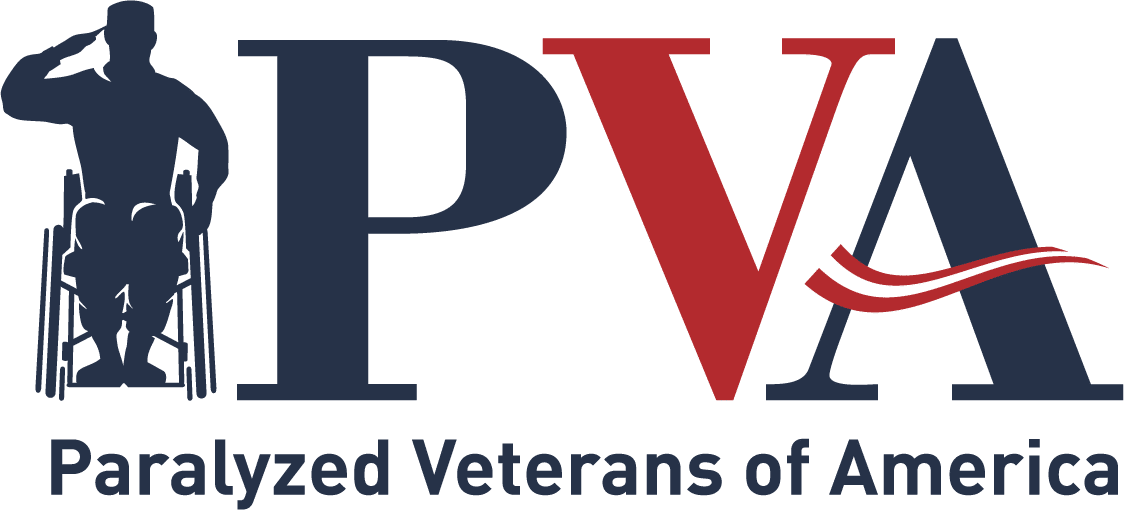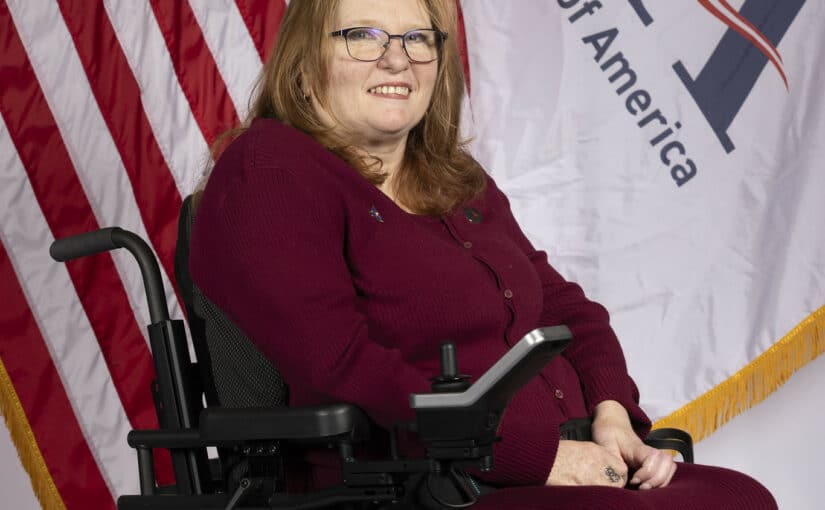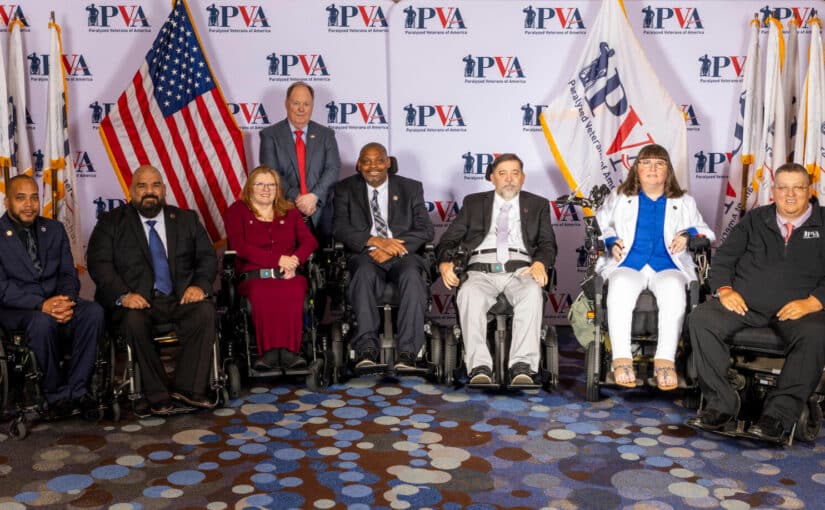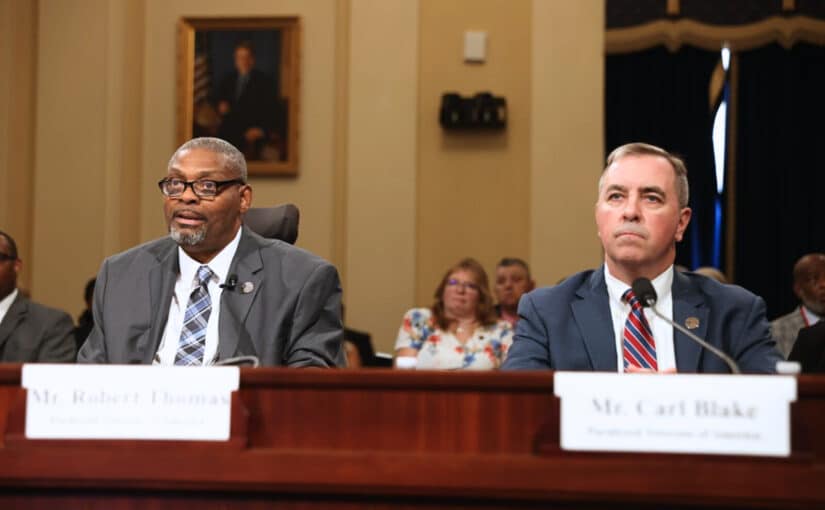Paralyzed Veterans of America Honors the Nugent Residence Hall and the Disability Resources & Educational Services (DRES) Program at the University of Illinois with 2012 Barrier-Free America Award
Post Date: October 2, 2012WASHINGTON, DC 10/2012 – Paralyzed Veterans of America has awarded the 2012 Barrier-Free America Award to the Nugent Residence Hall and the Disability Resources & Educational Services (DRES) Program at the University of Illinois Urbana-Champaign, for all of their efforts towards accessibility and the accessible design of Nugent Hall. The award was presented to this year’s recipient at Paralyzed Veterans 2012 Americana Gala on Tuesday evening.
Tanya Gallagher, Dean of the College of Applied Health Sciences, University of Illinois, accepted the award on behalf of Dr. Brad Hedrick, the Director of the Division of Disability Resources and Education Services (DRES), who was unable to attend.
During her acceptance speech, Gallagher said: “We are so proud and honored to be recognized by Paralyzed Veterans of America.” She also recognized Tim Nugent, who pioneered the accessibility changes at the University, and for whom Nugent Residence Hall is named, and spoke about the University’s future plans to continue their commitment to disability empowerment by establishing a National Center for Wounded Veterans in Higher Education.
“The DRES Program and the design of Nugent Residence Hall have set a standard for buildings and structures that are accessible to all people,” said Mark Lichter, AIA, Paralyzed Veterans’ director of Architecture. “Accessible design benefits not only people with disabilities, but everyone in the community—something exemplified by the DRES Program and the University of Illinois."
Highlights of the award-winning Nugent Residence Hall and DRES Program include state-of-the-art amenities such as:
- A proximity reader on the outside and inside of each Nugent Hall bedroom. Residents use their student ID card as a proximity card to open and close their room door without physically having to use a key or swipe a card. Additionally, each room has ADA vertical auto operators that can be used to open bathroom and room door from the inside.
- A SureHands ceiling lift system that extends from over the resident’s bed to the bathroom, with the option of using the body support or sling for transferring.
- Adjustable furniture, including but not limited to desks, night stands, and a hospital bed in each room. All furniture, including the bed, are similar in design and look like other student rooms throughout the residence hall.
- Wireless paging system for notifying staff serving as the “floater” that assistance is needed.
- Push button room darkening blinds.
- Adaptive computer station is available for those who want to use accessible software and hardware.
- Training kitchen is available with adaptive cooking equipment for residents to learn basic cooking skills
The Barrier-Free America Award, established in 2001, honors and promotes leadership, innovation and action in the architectural and design communities in advancing accessibility—an advance that improves quality of life for everyone. Through their work, architects and designers play an extremely important role in removing the barriers that people with disabilities face everywhere, every day.
Previous recipients of the award include architect Cesar Pelli for his accessible design of Washington Reagan National Airport; Bob Vila for educating the public about the importance of accessible design solutions through his television show; Marca Bristo, president and CEO of Access Living, for the organization’s Chicago-based headquarters; architect Antoine Predock for Milwaukee’s Indian Community school; CBT Architects for its work to make the John Adams Courthouse in Boston universally accessible; and last year’s recipient, James Roth of The Treehouse Guys, who builds accessible treehouses, and honorable mention winner John Connell, the architect behind the first prototype design, for the network of universally accessible treehouses built in private camps and public parks across the country.
Paralyzed Veterans’ Architecture program seeks to promote an accessible, barrier-free environment, advocating for accessible design in architecture and construction industries, helping to develop building codes and standards for the entire nation and serving on federal advisory committees to further define Americans with Disabilities Act guidelines. These standards and laws extend beyond veterans rights; they benefit everyone.




